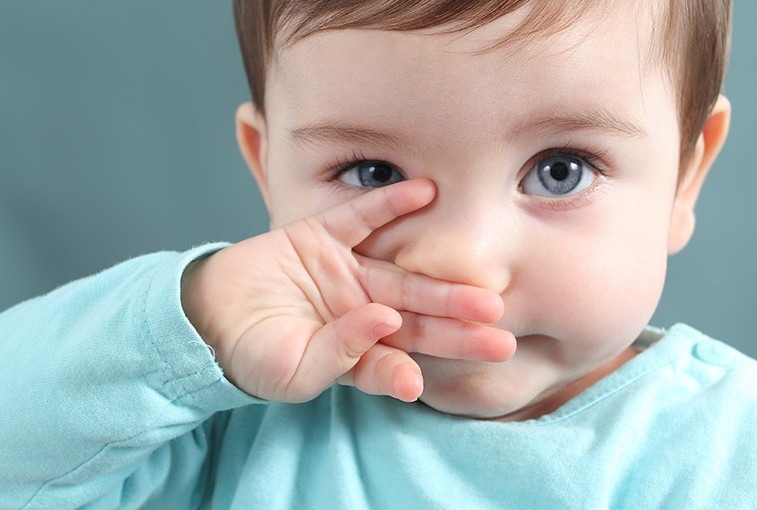There really is no overwhelming time or age that marks when you should start potty training your child. This milestone in a child’s life is as much of a milestone for you as parents because you get to quit paying for and changing diapers.
Are we ready?
It’s also a milestone that succeeds best if both you and your child are ready. According to the American Academy of Pediatrics (AAP), many children show interest in being diaper-free between 18 and 24 months; however, some are up to 3-years-old before they are ready.
Here are some classic signs that your child may be ready to begin the potty training process:
- Shows interest in potty training
- Feels that he/she wants to pee or poop
- Less number of wet diapers day-by-day
- Has good coordination while walking and can sit on the potty with feet touching the floor
- Is able to remove clothes and sit still for few minutes on the potty
- Starts disliking the feeling of dirty diapers
- Shows interest in others’ bathroom habits
- Gives physical/verbal sign when having a bowel movement such as grunting, squatting or telling you
Where do we start?
As you approach potty training, make diaper changing routine and uninteresting. But give lots of positive feedback and attention when your child sits on the potty. Decide in advance what words you will use for body parts and functions and be prepared to answer many questions. The AAP recommends using proper terminology. Purchasing a child potty chair is also recommended. Your child will be able to get on and off easily and will feel better because his or her feet touch the floor. If you choose a child-size seat attached to your adult toilet, you will need to place a step stool in front to support your child’s feet.
What steps should we take?
Routinely take your child to the potty chair. Explain what it feels like when he or she needs to go. If you notice your child showing signs of need, such as grunting or turning red, take him or her to the potty immediately. If your child has an accident, accept it as an accident. Do not give negative feedback or punish your child.
You can best help him or her with potty training by offering continuous reinforcement and memory cues – such as talking about and then taking your child to the potty chair before or after every meal, immediately after getting up in the morning, etc. Talk to other parents to learn what worked best for them. There are also many print and online resources with lots of potty training tips. When you travel a long distance, be sure to take a potty seat with you and give small breaks for every two to three hours. Do not feel pressured by others and never compare the one potty training with others, even with your own children.
What if my child never shows interest?
There are those children who are content to remain in diapers long after their peers have moved into underwear. If you are waiting for your 3- or 4-year-old child to initiate dumping the diapers, it may be time to push the process. Point out “big kids” wearing underwear, place a potty chair in the bathroom and regularly encourage sitting on it. Create a plan with your child such as certain times in the day when he or she will sit on the potty. Accompany your child and encourage results. Set up a reward system for successes. Do not tease or criticize your child’s efforts because it will not help you succeed and it can damage your child’s self-esteem. If nothing seems to work, talk to your pediatrician.
…
Posted In Children's, Health Information
